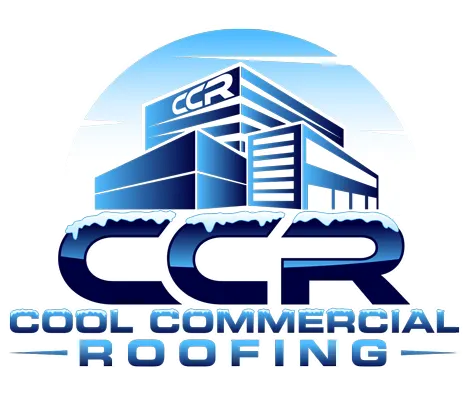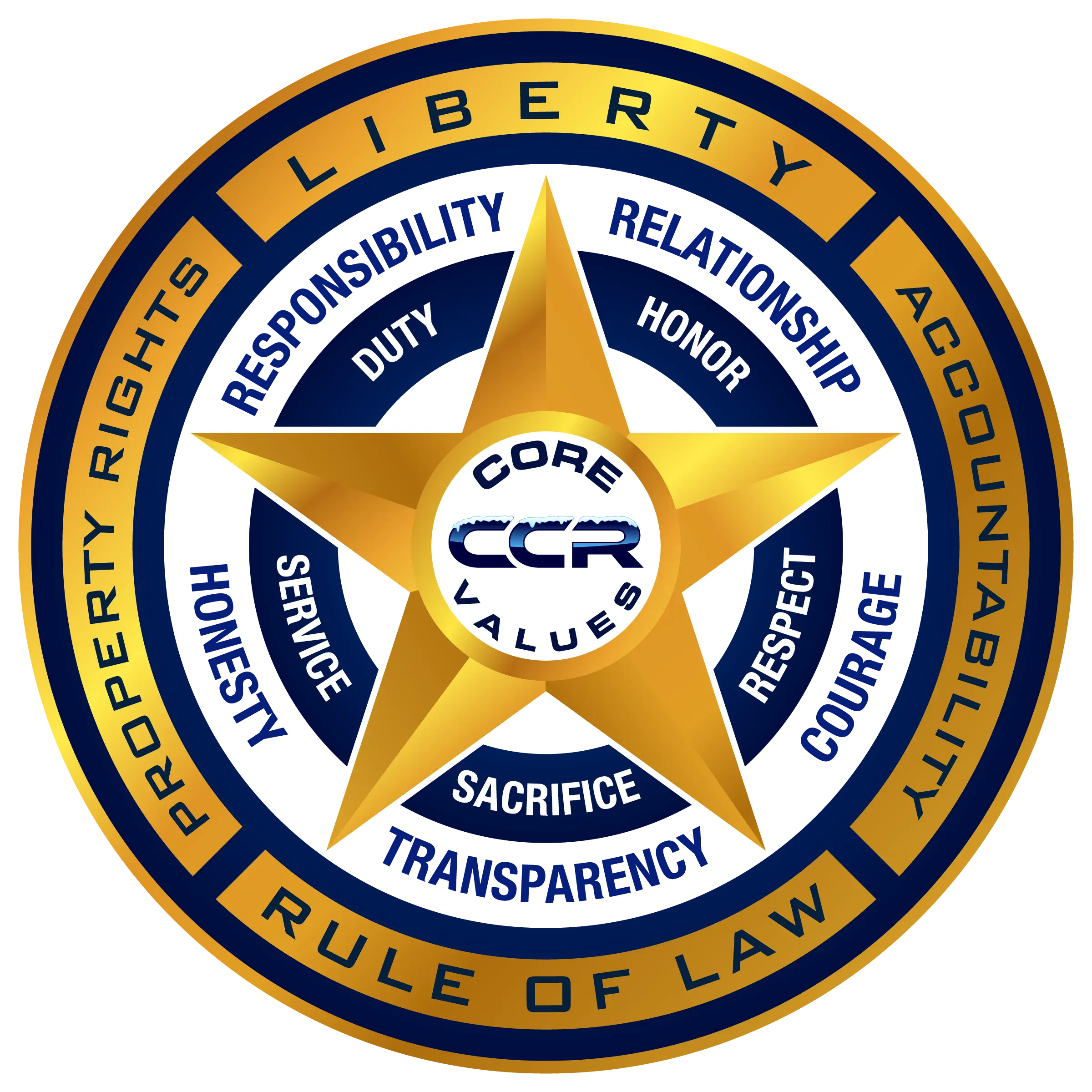Roof Replacement
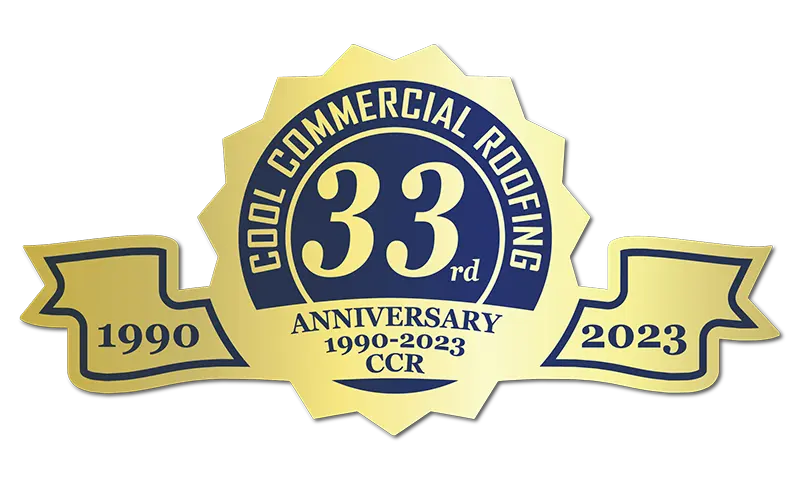

Energy Efficient Commercial Roofing With 35+ Years Of Experience
Roof Replacement
All Roof Systems eventually fail and need to be replaced.
Roof replacement is often the single largest building maintenance expense an owner will experience over the lifetime of the investment. Knowing when a roof has reached the end of its useful service life requires the experience and competency of a seasoned roofing professional. It all begins with a detailed inspection and thoughtful evaluation by someone “skilled in the art” with years of experience and a solid reputation for quality work, reliability, and service before, during and after the installation.
Once it has been determined that roof replacement is required, there are a myriad of replacement options and cost considerations that must first be evaluated. Cost considerations and budget constraints most often drive the decision-making process. However, the overall roof system design, current roof condition and code compliance requirements may constrain the financial options available.
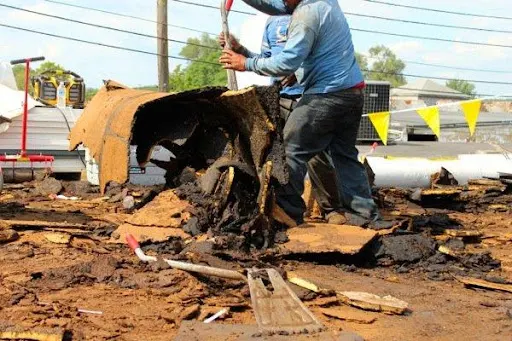
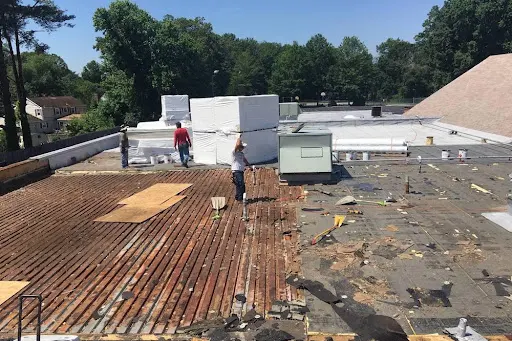
Roof replacement is at best disruptive.
Maintaining business operations with minimal disruptions, attention to safety concerns, building design and structural considerations, environmental regulations and code compliance are just a few of the important factors that need to be considered in the decision-making process.
The initial roof inspection will uncover what options are available. The inspection will document the roof deck structure, the current roof system type, the number of roof systems currently in place i.e. (how many roof layers), the existence of trapped moisture between the roof deck and the roof system(s), does the roof properly drain and shed water, is the roof code compliant and if not, what design changes will be required to achieve compliance and what are the general work site conditions, just to name a few.
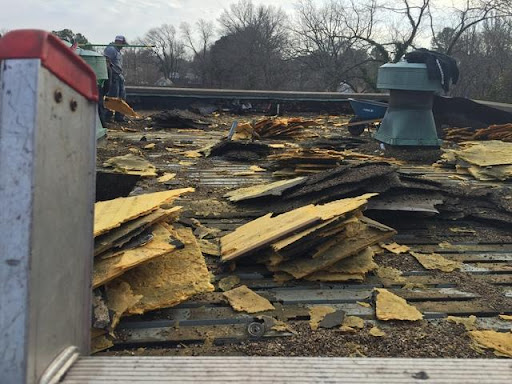
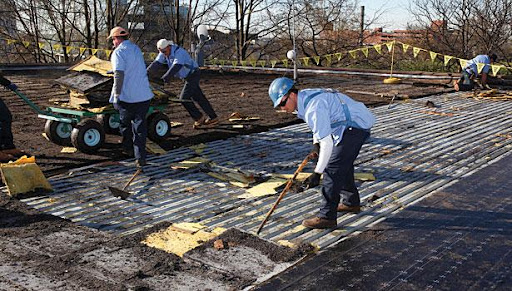
Roof Removal or Roof RECOVER
In a perfect world, removing the existing roof system(s) down to the roof deck substrate is preferable. Only then can a complete visual and forensic deck inspection be conducted. This allows near 100% certainty that the existing deck substrate is in satisfactory condition and adequate for roof replacement. Deteriorated deck structures, when observed, can and should be repaired or replaced. This aligns with the “Best Practices” roofing protocols.
In the real world, cost considerations often trump “Best Practices”. What is affordable and acceptable often outweighs what is preferred. Being “penny wise and pound foolish” is a useful guideline. However, removing the entire roof system down to the roof deck substrate is not required nor is it necessarily recommended in the modern world.
Using state-of-the-art technologies to forensically evaluate the general condition of the roof system and deck substrate are now acceptable and viable alternatives to previously employed methods.
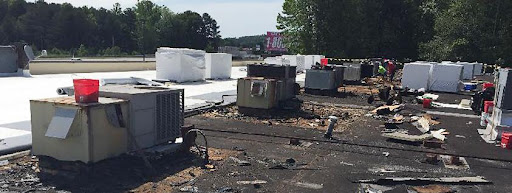
CONTACT Cool Commercial Roofing TODAY
FOR A FREE ROOF INSPECTION
ROOF Removal
Removing an existing roof system is expensive, time consuming and disruptive to building operations. However, Tear-Off may be the only option available. If the entire roof system has become saturated with moisture, tear-off is the only option. If there are two or more roof systems in place, then building codes often require the removal down to the deck or to the initial roof system. If removal down to the deck is required, then Local, State and National building codes dictate the amount of insulation that must be installed as part of the new roof system.
Once it has been determined that removing the existing roof system down to the deck is the best option, safety considerations and the protection of the building interior becomes paramount. Removing the roof system down to the deck is time consuming and disruptive at best. Observing current and 24-hour weather conditions is critical during the entire construction process. Best Practices dictate that if there is a 20% chance of rain, no Tear-Off should be attempted. At the end of each day, it is critical to ensure that the intersection of the old and new roof is properly sealed. This is required to prevent any moisture infiltration into the building if it rains before work resumes.

